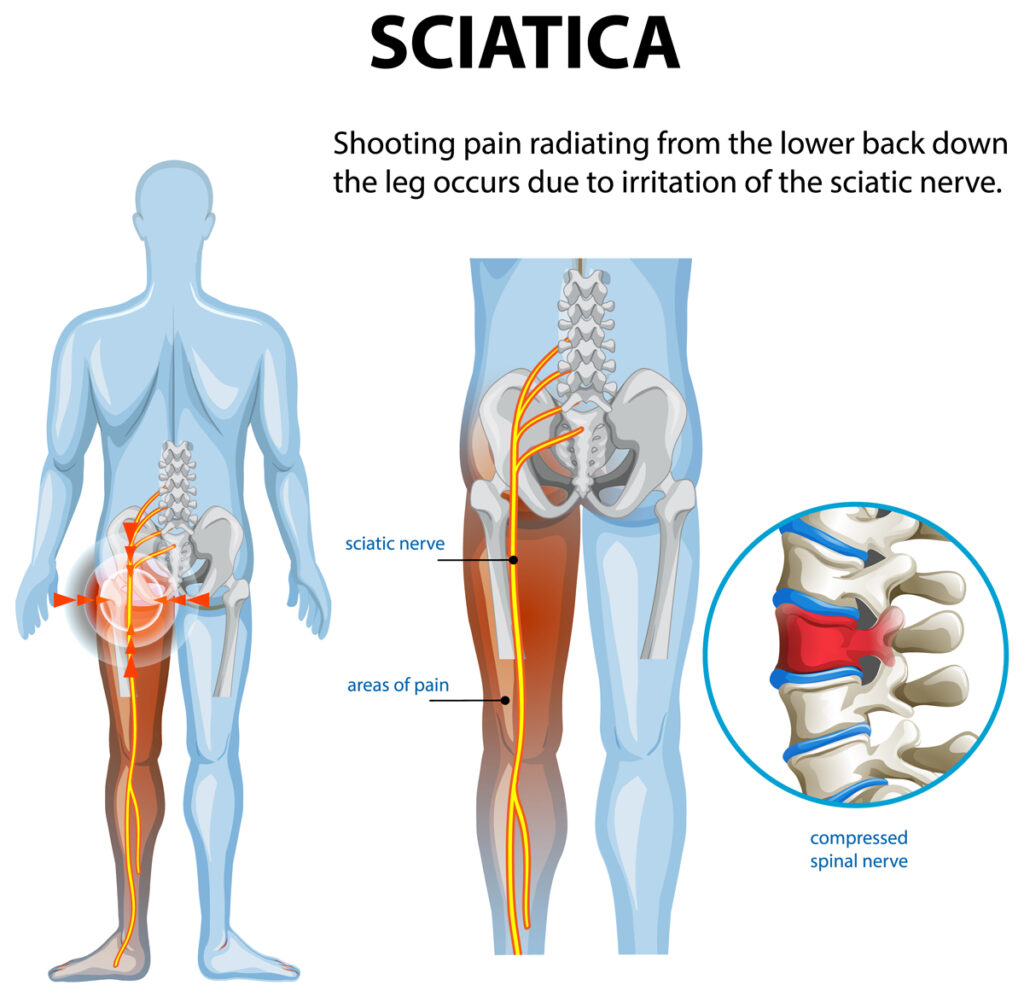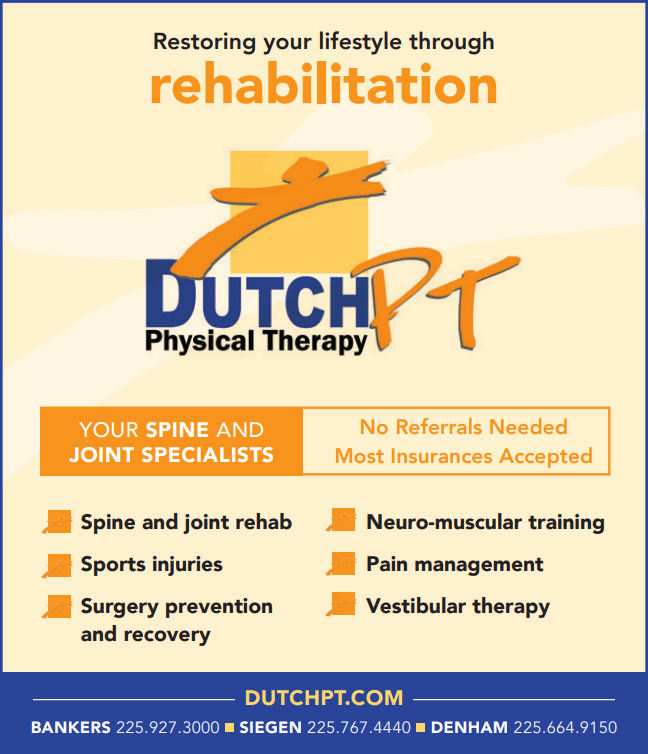
Sciatica is a common condition that causes pain radiating along the sciatic nerve, typically affecting one side of the body. It’s often misunderstood and misrepresented, leading to myths and misconceptions that can hinder proper treatment and recovery. In this blog, we’ll debunk some of the most common sciatica myths from a physical therapy perspective.
Myth 1: Sciatica is Caused by a Slipped Disc
Reality: While a herniated disc can cause sciatica, it’s not the sole cause. Sciatica refers to pain that radiates along the sciatic nerve, which can result from a variety of conditions, including spinal stenosis, degenerative disc disease, muscle imbalances, or even pelvic misalignments. A slipped or herniated disc may irritate the nerve, but other factors, such as tight muscles or poor posture, can also contribute.
What You Can Do: A thorough physical therapy evaluation can help identify the true cause of your sciatic pain, guiding an individualized treatment plan to address the root cause.
Myth 2: Bed Rest is the Best Way to Treat Sciatica
Reality: Though rest can provide temporary relief, prolonged bed rest can actually worsen sciatica symptoms and hinder recovery. Staying inactive for too long can lead to muscle weakness, stiffness, and decreased mobility, which ultimately aggravates the condition.
What You Can Do: Gentle movement and targeted exercises prescribed by a physical therapist can help alleviate pressure on the sciatic nerve and improve mobility. Walking, stretching, and strengthening exercises are often recommended to promote healing and reduce pain. Research suggests that there is a loss of mobility and strength but simple exercises in bed will help with enough mobility to see a PT. While this is true in your 30s, sciatica gets more difficult to treat as you enter the fourth decade of life.
Myth 3: Sciatica Pain Will Go Away on Its Own Without Treatment
Reality: While mild cases of sciatica may improve with time, many individuals find that the pain persists or even worsens without appropriate treatment. Ignoring sciatica can lead to chronic pain, reduced quality of life, and long-term functional limitations.
What You Can Do: Seeking early intervention with a physical therapist can help prevent sciatica from becoming a chronic issue. Early physical therapy intervention can help you regain mobility, strengthen supporting muscles, and prevent further damage.

Myth 4: Stretching Will Cure Sciatica
Reality: While stretching can be an effective part of a comprehensive treatment plan, it’s not a standalone solution for sciatica. Stretching in the wrong direction might give immediate relief but could cause damage over time. Stretching can help alleviate tightness and improve flexibility, but if underlying issues like muscle imbalances or spinal misalignments are not addressed, the pain will likely return or can even worsen your symptoms.
What You Can Do: A physical therapist will design a treatment plan that includes not only stretching but also strengthening exercises, manual therapy, postural corrections, and lifestyle modifications to address the underlying causes of your sciatica.
Surgery is the Only Effective Treatment for Sciatica
Reality: Surgery should only be considered as a last resort after conservative treatments have failed. The majority of individuals with sciatica improve with nonsurgical treatments such as physical therapy, medication, and lifestyle changes. In fact, most people do not require surgery, even if they have a herniated disc.
What You Can Do: Physical therapy can often provide significant relief without the need for surgery. It focuses on strengthening and stabilizing the muscles around the spine and pelvis, improving posture, and promoting proper movement patterns to reduce nerve irritation.





